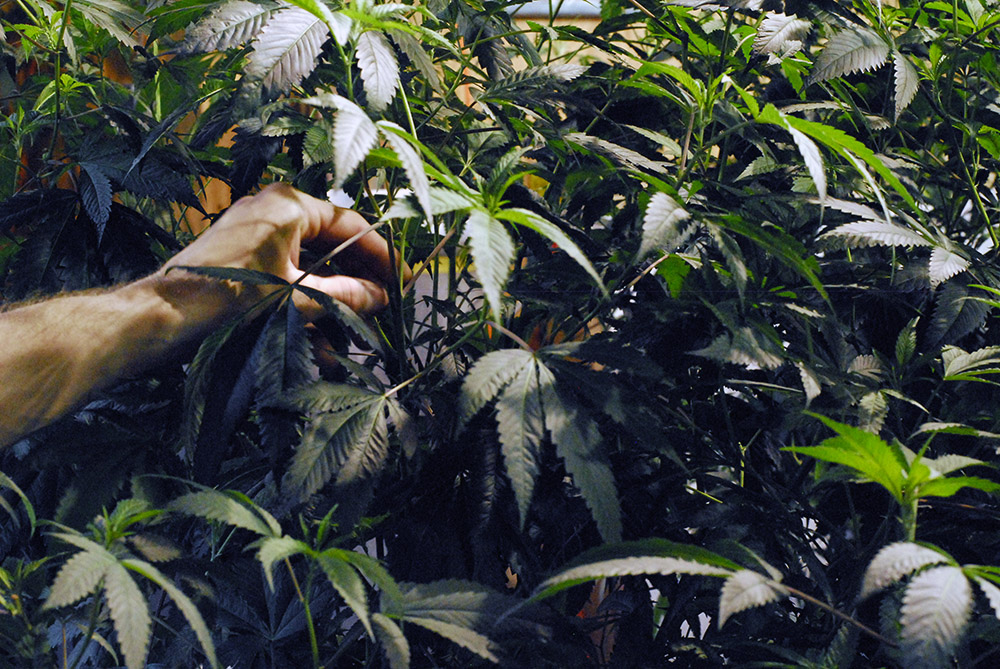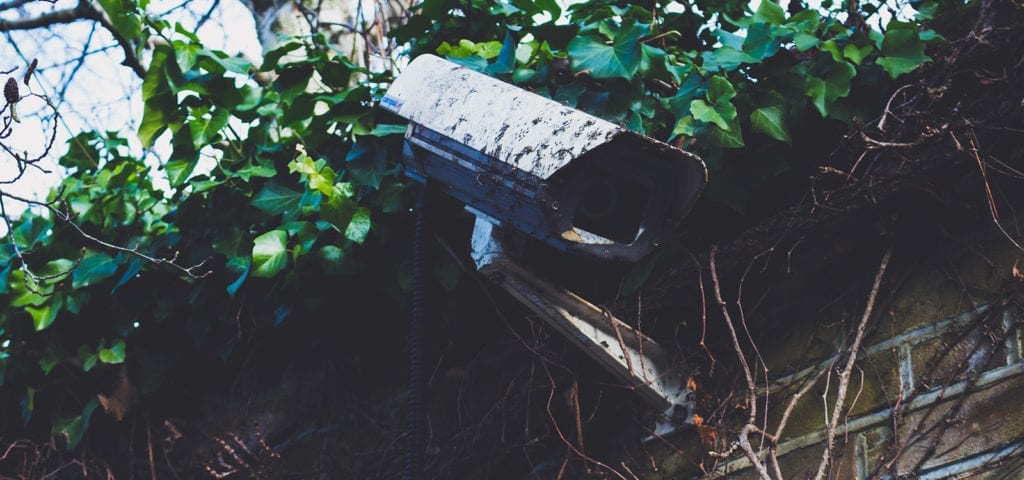Some of the most costly violations for marijuana businesses are related to inadequate security and surveillance systems in licensed marijuana operations. When violations or incidents occur with inventory, employees, or activities within the licensed premises, the first standard procedure is for regulatory authorities to review the surveillance system. Any issues related to the security and surveillance system are often found during reviews of other non-related infractions.
After more than 600 cannabis compliance inspections, here are the top infractions for security and surveillance observed via the Adherence SCORE App for cannabis compliance in 2017.
- The cameras do not have a clear, unobstructed view of all activity without sight blockage.
- All records applicable to the surveillance system are not maintained on the licensed premises.
- The licensee does not have a current list of authorized employees and service personnel who have access to the surveillance system.
- The licensee does not maintain a diagram of the surveillance camera locations, direction of coverage, and assigned camera numbers.
- The video surveillance system does not have an “active” notification system for interruptions and failures (cannot be email or web-based alerts)
Smart steps to ensure security compliance
All cameras in the facility should have a clear, unobstructed views of all activity. A good regulatory test for license owners or operators is to have an employee walk through the facility with an empty box. If during the walk through the employee and/or box are not visible on the surveillance system, then a violation can occur. As security and surveillance infractions are considered “public safety” issues, violations can be expensive and require administrative hearings with regulatory authorities. For owners, it’s best to avoid all types of violations and administrative actions to ensure the monetary value of the license itself is not diminished.
Another common infraction for security and surveillance is inadequate service and maintenance records maintained on-site. As the surveillance system is considered “evidentiary” in nature, all records must be maintained to ensure compliance. A surveillance log should include details on each occurrence of access to the DVR system, including maintenance and routine inspections. Surveillance systems should be contained in a securely locked room or cabinet and properly annotated on the diagrams of the licensed premises.
Often, the digital recording system of the DVR can fail without proper notice to the owner or operations manager. Cameras will appear “active” on the DVR monitoring system, but the hard drive behind the scenes may not be recording activity. Unless an alarming mechanism for these type of failures is “active,” i.e. a phone call or text message, it could be insufficient in terms of regulatory compliance. Passive alarms (email or web-based warning) are not considered compliant in most states or jurisdictions.

As inventory is considered ‘chain-of-custody’ in most states, a secure, fully functional security and surveillance system needs to be in place, as well as routinely reviewed and inspected. Any areas of the facility that prep, process, weigh, package, or initiate transport or receipt of product should be under video surveillance. This will ensure any and all operational issues (missing inventory, theft, workplace injury, etc.) are recorded and can be reviewed as required by authorities. Failure to properly record operational infractions can lead to additional fines, criminal or civil penalties, probation and/or license revocation.
Best practices for marijuana businesses are to ensure:
- Your security and surveillance provider has an in-depth service level agreement (SLA).
- The facility diagram includes a map of cameras, with camera numbers and line of sight.
- Time and date stamps are accurate on each DVR system and all cameras are operational.
- The DVR system is locked and secured with a detailed access and maintenance log history.
- A list of approved stakeholders who can access the DVR system is available at the facility.
Note: This article was co-authored by Steven Owens. Steven Owens is the CEO of Adherence Compliance. He has more than 15 years of software and executive management experience working for leading technology firms such as Oracle and Alcatel Lucent.
Get daily cannabis business news updates. Subscribe
End



